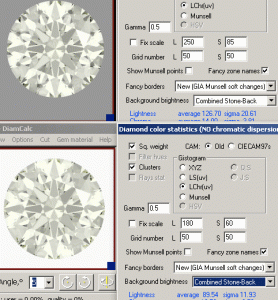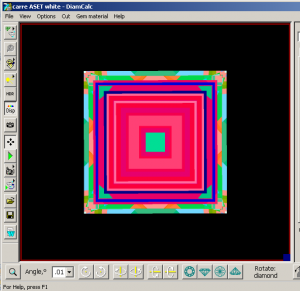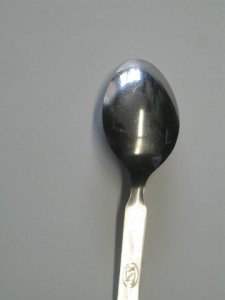re:The biggest thing that the current definitions of brilliance leaves out is contrast against the background.
Which of these diamonds is brighter?
Karl, in definition for Human you do not need account background because human eye does it automatically
During calculations you of course need work with Brightness relative to human eye level adaptation.
DC does it. See example from DCcolor

Which of these diamonds is brighter?
Karl, in definition for Human you do not need account background because human eye does it automatically
During calculations you of course need work with Brightness relative to human eye level adaptation.
DC does it. See example from DCcolor








300x240.png)